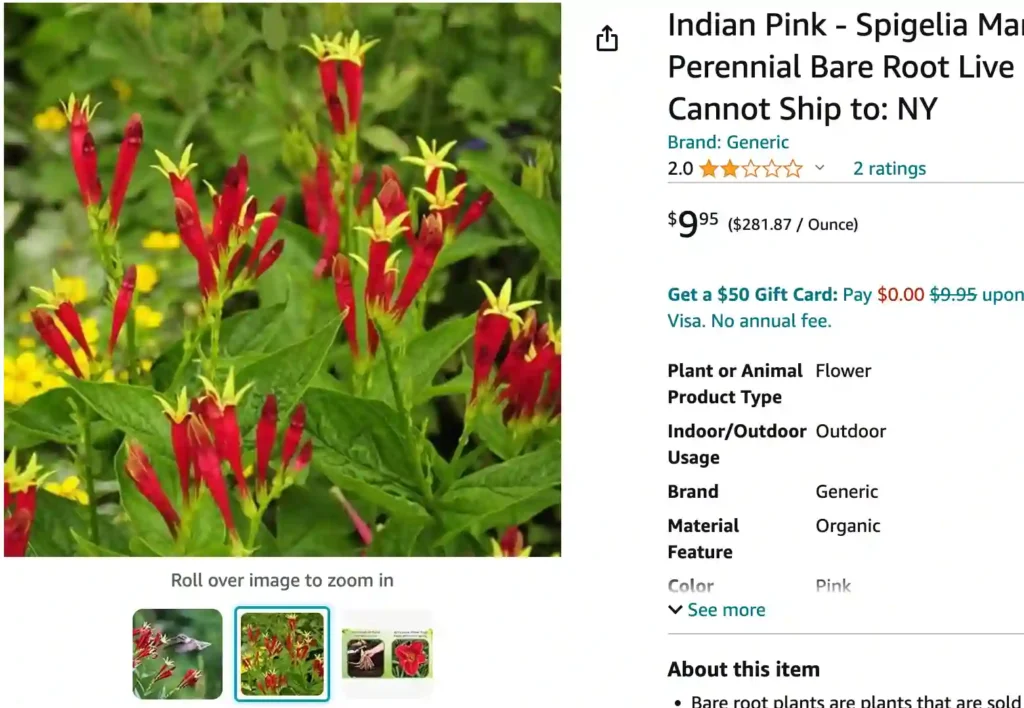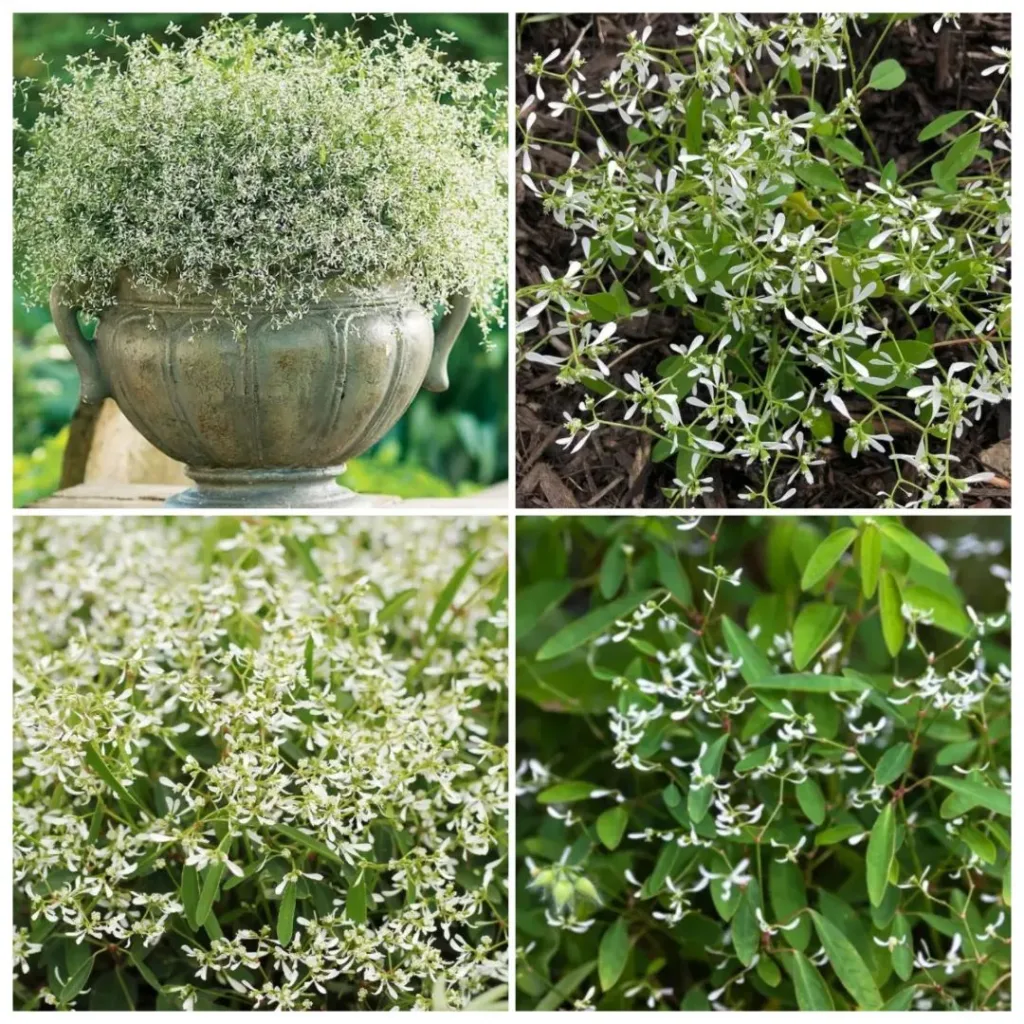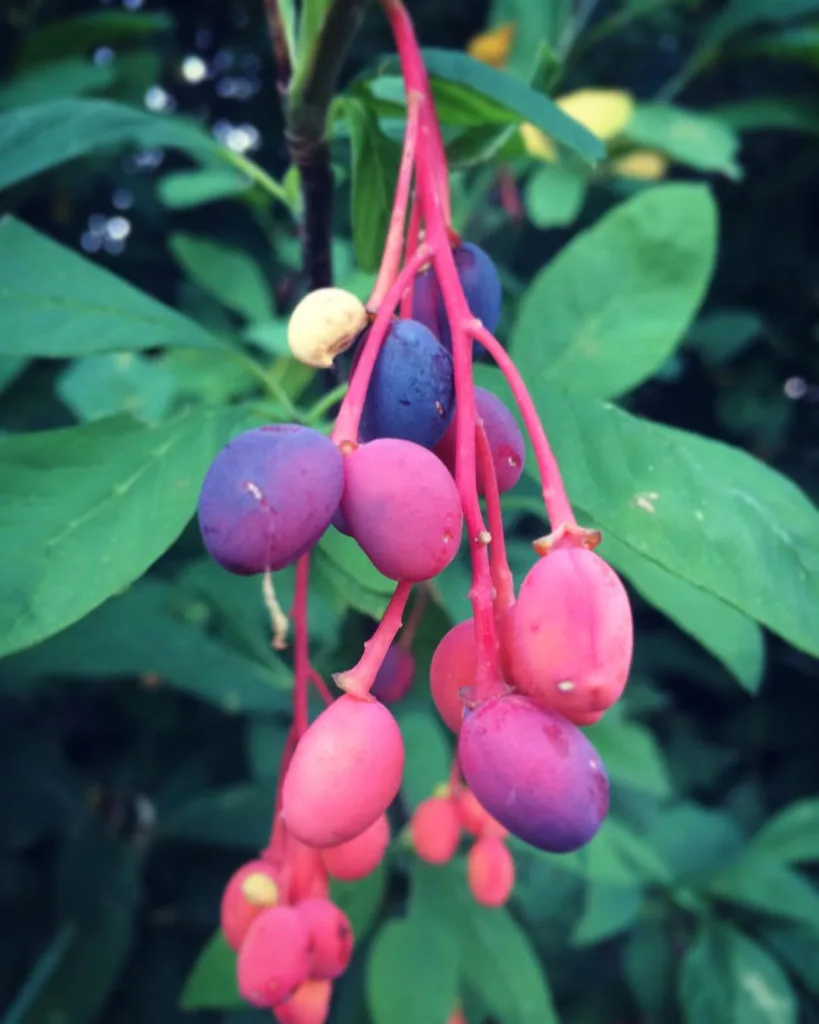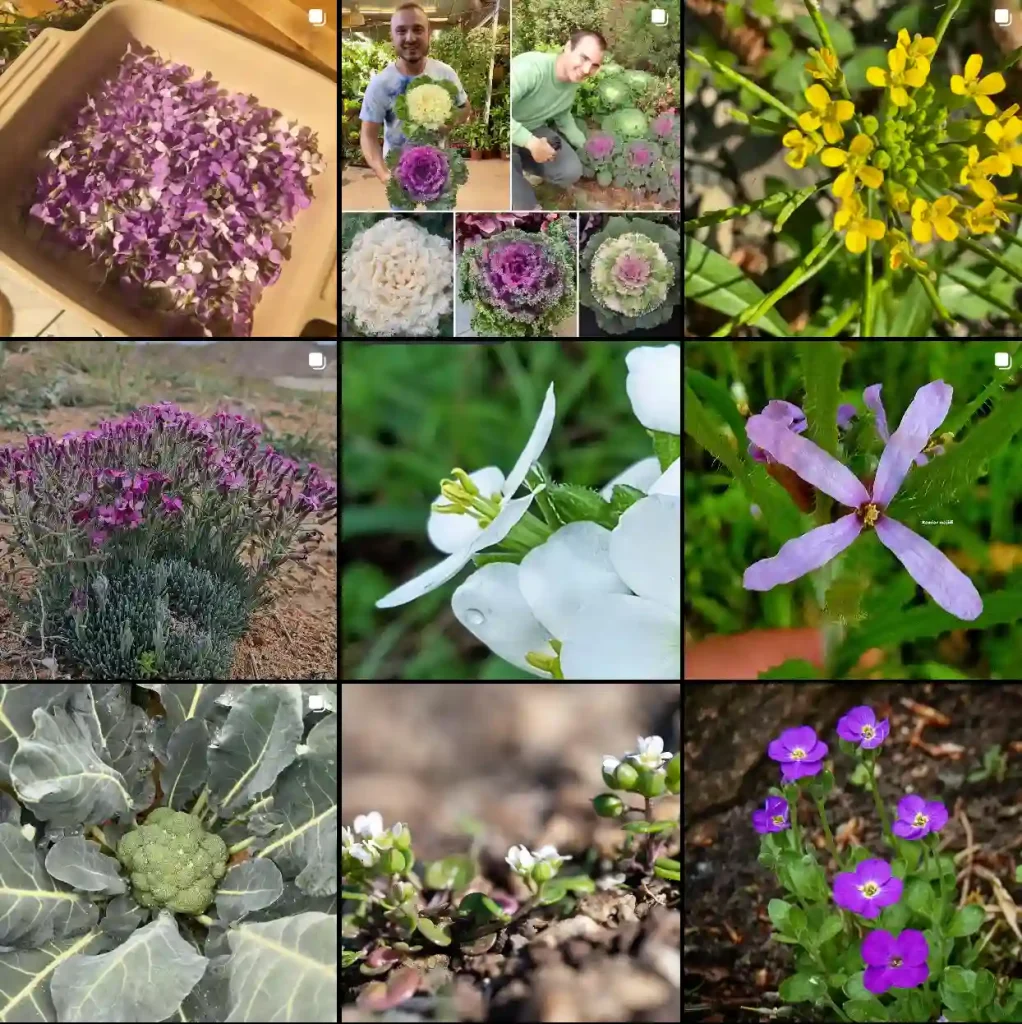
How to care for Spigelia marilandica?
Spigelia marilandica, also known as Indian Pink, is a beautiful perennial wildflower known for its vibrant pink blooms. Here’s a guide on how to care for it:
97 Species in Genus Spigelia
Planting:
- Sunlight: Spigelia marilandica thrives in light shade to full shade. It tolerates full sun as long as the soil moisture is maintained. However, full sun can make the plant leggy and less attractive.
- Soil: Prefers slightly acidic, organically rich, and moist but well-draining soil. If your soil is heavy clay, amend it with compost or other organic matter to improve drainage and acidity. You can also add some peat moss for extra moisture retention.
- Timing: The ideal planting time depends on your climate:
- Temperate Climates: Spring or fall is best.
- Warmer Climates: Plant in early spring or fall to avoid the hottest summer months.
Planting Steps:
- Dig a hole slightly larger than the root ball of your Spigelia marilandica.
- If needed, amend the dug-up soil with compost or organic matter for better drainage and fertility.
- Place the plant in the hole, ensuring the root crown sits slightly above the surrounding soil level.
- Backfill the hole with the amended soil mix, tamping it down gently to remove air pockets.
- Water thoroughly to settle the soil around the roots.
Aftercare:
- Watering: Water regularly, especially during the first growing season, to keep the soil consistently moist but not soggy. The frequency will depend on rainfall and sunlight. Plants in full sun will need more water than those in shade.
- Mulching: Apply a layer of mulch (around 2-3 inches thick) around the base of the plant to retain moisture, regulate soil temperature, suppress weeds, and maintain slight acidity in the soil. Keep mulch a few inches away from the stems to prevent rot.
- Fertilizing: While not essential, you can fertilize your Spigelia marilandica once a year in spring with a balanced fertilizer diluted to half strength. Avoid over-fertilizing.
- Deadheading: Deadheading spent flowers by pinching or cutting them off just below the bloom head will encourage continuous blooming throughout the season.
Additional Tips:
- Spigelia marilandica is generally low-maintenance and pest-resistant.
- It may spread gently over time to form a nice clump, which you can divide in spring or fall if desired.
- Caution: Be aware that all parts of the plant are poisonous and can cause stomach upset if ingested.
Is Spigelia marilandica deer resistant?
From my experience, Spigelia marilandica is relatively deer resistant. In my garden, I’ve noticed that while deer will munch on many of my other plants, they tend to leave the Spigelia alone. This might be because of its bitter taste or toxic properties, which are unappealing to deer. It’s a relief to have a beautiful, flowering plant that doesn’t become a deer buffet, especially since I live in an area where deer are frequent visitors.
Where to buy Spigelia marilandica?
When I was looking to buy Spigelia marilandica, I found it at a local native plant nursery. These nurseries often specialize in regional plants and can provide good advice on growing them. I also checked a few online plant retailers that carry native species. Some of these websites offered a wider selection and shipped the plants directly to my door. However, I preferred buying locally when possible because I could inspect the plants for health and quality before purchasing.
Is Spigelia marilandica endangered or threatened in the USA?
Spigelia marilandica isn’t currently listed as endangered or threatened in the USA, but it’s considered uncommon in some parts of its range. Habitat loss and over-collection in the wild have contributed to its decline in certain areas. I’ve read that conservation efforts are helping to preserve it, and planting it in home gardens can support its survival. By growing Spigelia marilandica, I feel like I’m doing a small part to help maintain this beautiful native species.
If i die, water my plants!



